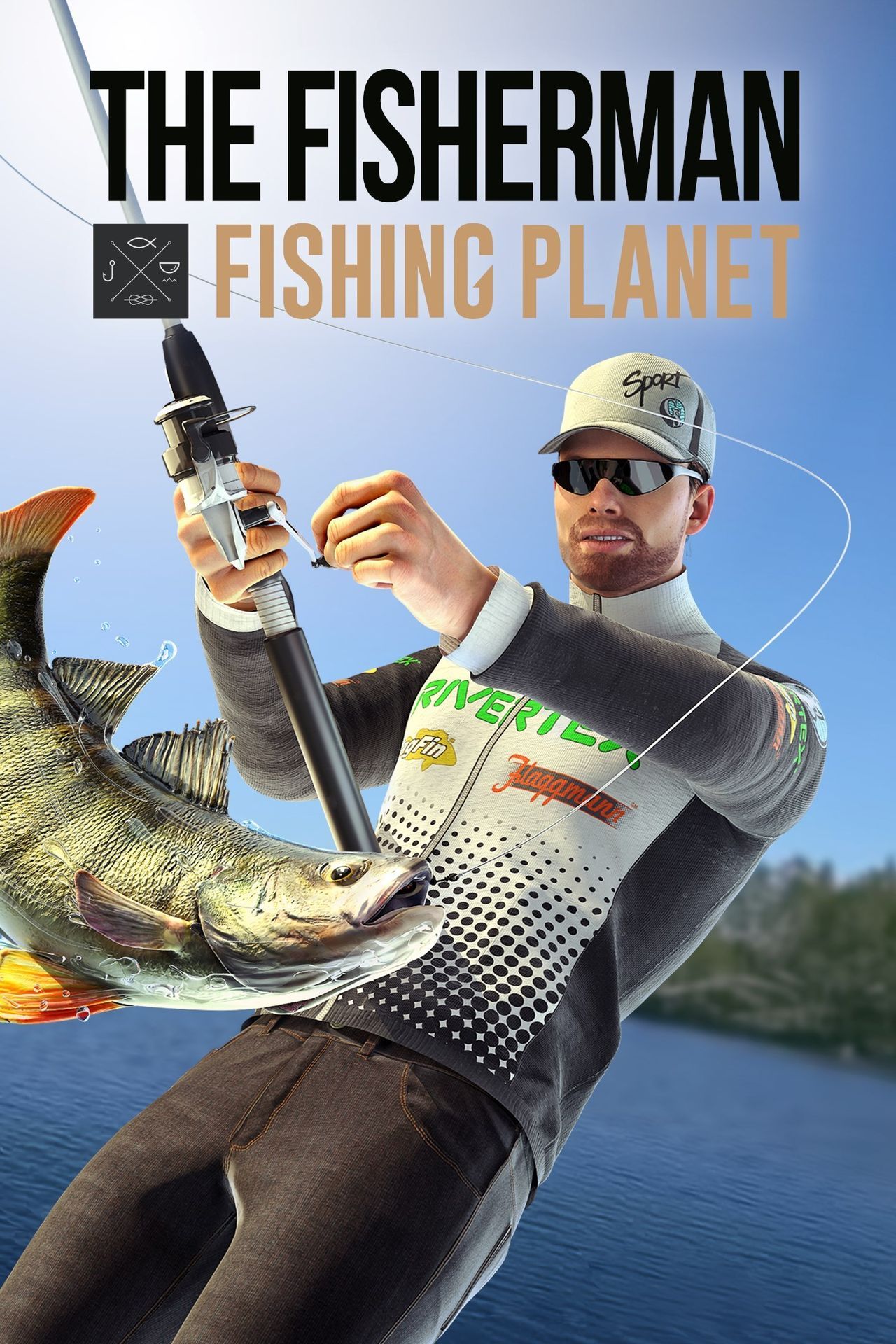


Likewise, if you want to catch a mangrove jack, there is little point targeting them on a cool winter day when you would be better off targeting schooling bream or luderick in your local estuary.Īpart from reading magazines such as this, there is also a wealth of books that will help you understand your local fishing seasons and the best places to target fish locally. In Southeast Queensland, for example, there’s not much point in targeting tailor off the beach in summer when you’d be much better off chasing summer whiting. Having a basic fishing plan should start with finding out the best seasons to target specific fish species in your local or chosen area. Let’s take a look at some of the key factors at play to maximise, rather than guarantee, your chances of fishing success. To maximise your chance of fishing success you need to weigh up a whole range of information, and then be able to adapt your plans if all doesn’t go to plan. It is just that other factors are at play. That’s not to say fishing results are just random, and that tides, times and moons don’t matter – they do. Anglers should not expect cut-and-dried predictability when they go fishing. But what if it has rained for two weeks solid, or it’s blowing a gale, or there are 40 boats sitting on your secret spot? Can you seriously expect to catch fish then just because a chart tells you that you can?

Some anglers believe the answer to this question is just a case of buying an Angler’s Almanac or checking the Maori tide charts and going fishing at the best predicted times. So what is the answer? Is there such a thing? When is the best time to go fishing? If you are a regular angler you’ve probably been asked this a thousand times.


 0 kommentar(er)
0 kommentar(er)
